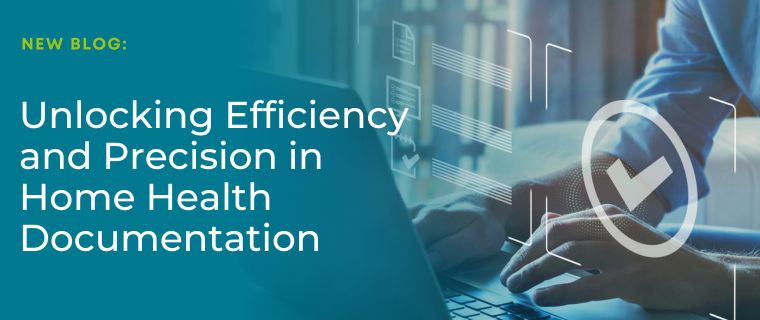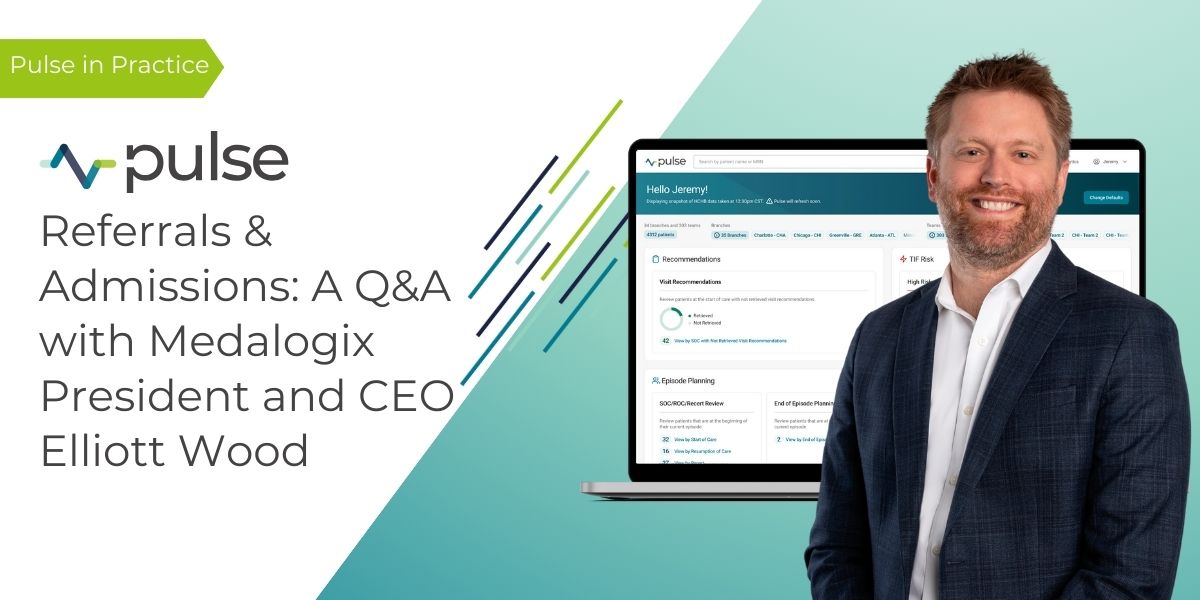What’s Wrong With Healthcare “Analytics” And “Big Data” Companies
Given the advent of digitized health records, terms like “big data” and “analytics” have become downright trite these days. The terms are thrown around so often, in so many varying scenarios, they’ve become vague overarching descriptions that mean different things to different people.
Not only are we inundated with the terms, we’re inundated with the technologies that claim they provide the best “big data” and “analytics” solutions. Because of this, care providers are swamped with reports, data capture processes, flags, beeps, dashboards, charts, vendors, managers and the list could go on.
While the ability to analyze data is truly a beautiful thing—after all it can help us see life altering trends the human eye could miss and gives us the ability to measure the effectiveness of our solutions or processes like never before—maybe everyone isn’t doing it right. Maybe some “big data” or “analytics” solutions are capturing and/or analyzing the wrong data, to begin with.
According to this graphic, that’s exactly what’s happening:
This graphic shows that 80% of the data that big data companies are playing with is unstructured. It doesn’t follow a standard. That’s a big deal, because unstructured data is difficult to mine. And, if you can’t mine it easily, you can’t deduce powerful insights from it easily.
Unstructured data can be extremely useful, it’s just not handy. It’s also not the best place to start if you’re just embarking on analytics. And since healthcare just went digital, healthcare as a whole is new to the analytics game.
Here’s what our director of data science,Michael Faron, has to say about unstructured data:
“Right now (and really for the past decade) unstructured data is very hot in the data world. To a large degree it is the “big” in big data. It’s mostly image processing and text but some other things too. In healthcare, examples of unstructured data would be x-rays or brain scans, and doctor’s notes. When Watson played Jeopardy and kicked arse he was leveraging unstructured data in the form of language or text processing.
While Watson is undoubtedly cool, healthcare isn’t at that level yet. Today most of healthcare, including home health, would benefit from being able to adequately analyze and process something as seemingly simple as an excel spreadsheet.
Handing unstructured data is cutting edge, but it is dense and lots of companies are going to spend lots of money to try to put it to use. Unfortunately, they’ll have a hard time seeing early results that can impact patients now.
So first things first, let’s work on analyzing data that wants to be analyzed—structured data.”
We’re lucky in home health. It’s easier for us to do just that.
Home health has bucked the trend and made investments in data standards. The OASIS C-1 form offers a structured data set. It is foundational to any type of meaningful, novel insights being extracted from the mountains of data that reside on Electronic Medical Record (EMR) servers.
But what about those care settings without a structured data set like OASIS? It begs the question: With so many healthcare analytics companies positioning their products as “big data,” “predictive analytics” and “clinical decision support” solutions, and so few structured data sets, how are these products able to drive meaningful scalable value for providers who use them?
The answer: I’m not going to say that those healthcare “analytics” companies can’t provide value, but I will say it’s much more difficult and costly for them to do so.
So that’s tackling a bit of the data issue. But, that’s only the beginning when we’re identifying shortcomings in the droves of “analytics” technologies out there.
Lack of Leveraging
Now let’s talk about how so many “big data” “analytics” technologies fail to help their users leverage the big data insights the technology provides. What’s the point of insights if you can’t, or don’t know how to, do anything with them?
Let’s say that you’re a young, feisty entrepreneur in Silicon Valley and you happen to know three computer science Ph.D.’s from Berkeley who can analyze data—structured or unstructured—to deliver meaningful, novel insights. Let’s say you get some investment dollars to back your venture. Then you hire the best marketing firm money can buy, and go to market with latest and greatest “disruptive” technology.
Who’s helping this company’s end-users, who might be clinicians, manage the chaos that’s been created by this “disruptive” technology?
Do the Berkely Ph.D.’s understand clinical workflows and processes? Do they understand the reimbursement landscape and the looming shifts on the horizon? Are they ready to attack all the outdated, monolithic practices that have been at work for 50+ years in the industry? Well hopefully. If not, that “disruptive” technology will only negatively disrupt your organization.
So what’s the answer?
According to theInstitute for Health Technology Transformation, the answer is Population Health Management:
“Population health management is the key to accountable care andhealthcare reform. By applying technology to population health strategiesto continually identify, assess and stratify provider panels, physician groupscan use technology and automation to augment the role of care teams, managethe patient population more effectively and efficiently, drive better outcomes,and decrease overall cost, as demanded by new payment incentivesfocused on value.”
We here atMedalogixtend to agree. It’s the right analytics, used to augment the great work that clinicians already do, that can produce true clinical transformation and ultimately population health management. If you’re searching for an analytics-only solution to a population health management problem, you’re going to end up lacking. Look for a holistic solution that knows the people, the process and the technology. A solution that goes beyond analytics to truly help you improve patient care.
*Photo Credit:nuance.com
Related Blogs

Unlocking Efficiency and Precision in Home Health Documentation
Home health teams operate in diverse and uncontrolled settings, ranging ...

Pulse Referrals & Admissions: A Q&A with Medalogix President and CEO Elliott Wood
With our new Referrals & Admissions module now available for purchas...

Transforming End-of-Life Care with Medalogix Muse at St. Croix Hospice
St. Croix Hospice, a nationally acclaimed hospice agency, has leveraged ...


